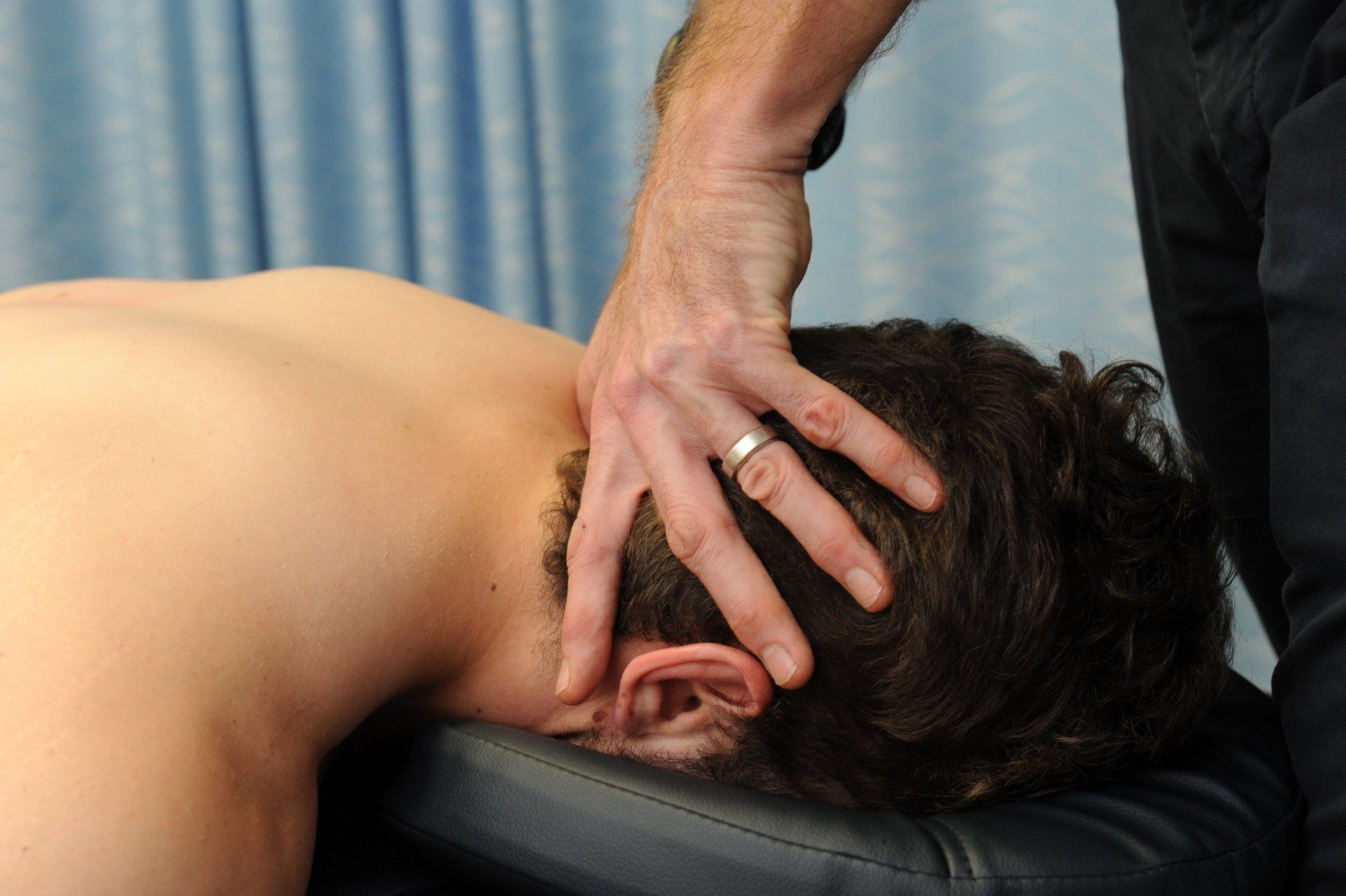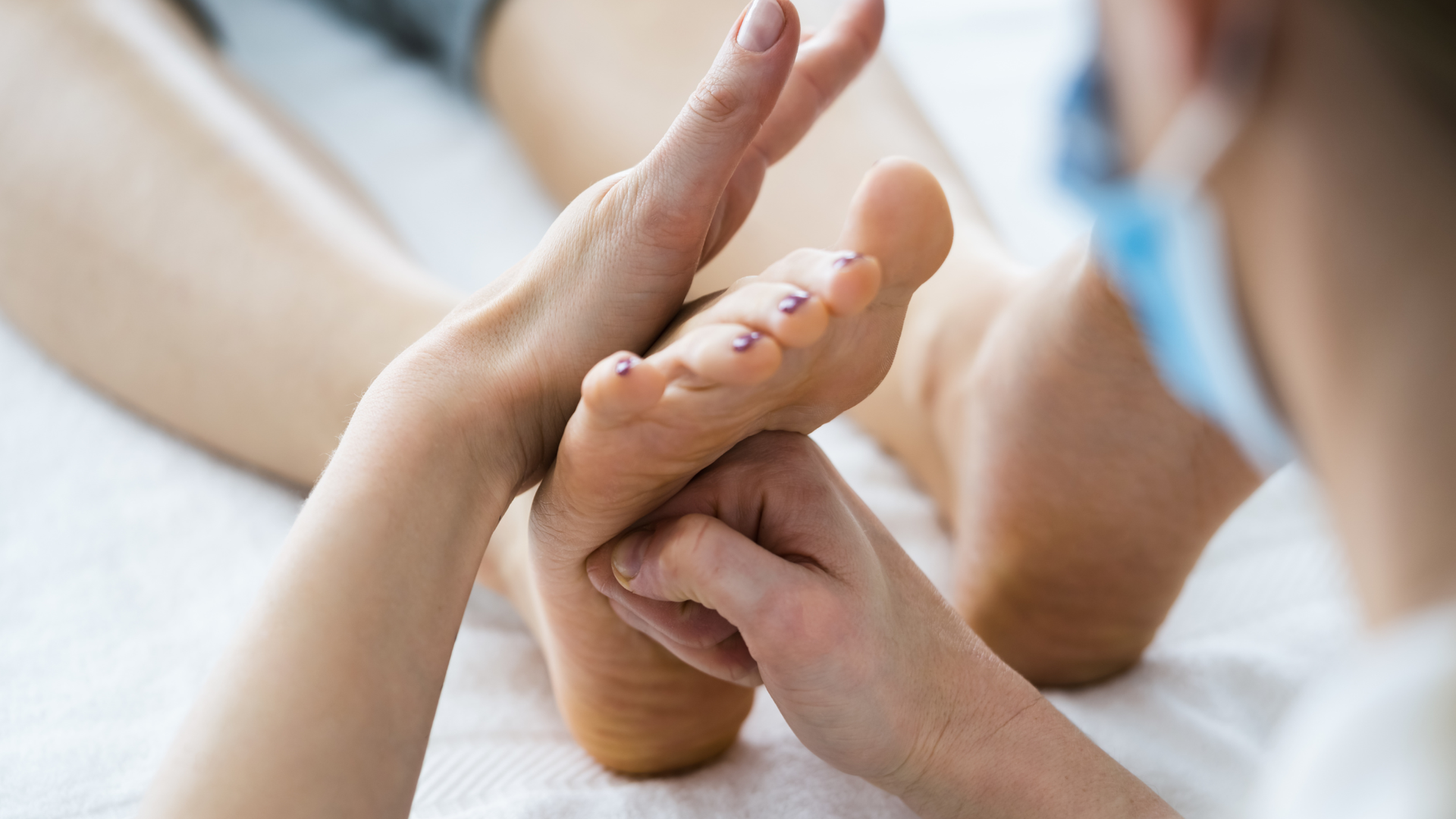The Knee - Patellofemoral Pain Syndrome
PFPS is a common yet complex cause of anterior knee pain.

Patellofemoral pain syndrome (PFPS) is one of the most common causes of anterior knee pain encountered in the physiotherapy setting, affecting more than 20% of adolescents and adults in the general population. Sometimes used as an umbrella term to describe pain arising from the patellofemoral joint (PFJ), PFPS is characterised by insidious onset pain associated with deep knee flexion activities (eg, ascending and descending stairs, squatting). PFPS is thought to precede patellofemoral osteoarthritis, though the evidence on this is conflicted.
Left untreated, PFPS is associated with persistent or progressive knee symptoms, impaired function, and reduced quality of life.
Anatomy 101.
The knee consists of 3 joints – the tibiofemoral joint, the patellofemoral joint (PFJ) and the superior tibiofibular joint. The patellofemoral joint (PFJ) plays a critical role in knee joint function. Attaching to the quadriceps tendon above the knee and the patella tendon below, the patella acts as a complex lever to enhance the mechanical advantage of the quadriceps muscle. By pulling the patella back against the knee joint, a reaction force is produced that increases the lever arm of the knee extensors. In a normal healthy knee, the contact point between the patella and the knee joint can absorb and distribute this pressure effectively, allowing us to walk, run, jump, squat and play sport.
Who gets PFPS?
PFPS is common, affecting 1 in 5 people at some point in their lifetime and is more prevalent in adolescents and females.
In adolescents, PFPS is often associated with growth periods that cause muscle imbalances. This period of life often coincides with increasing exposure to physical activity and/or study, which can contribute to increased PFJ load. In females, body shape has been associated with altering the angle of pull on the PFJ, increasing lateral translation of the patella and increasing contact pressure in the joint.
What causes PFPS?
Patellofemoral pain syndrome is one cause of anterior knee pain. PFPS results from the development of pathology in the articular cartilage that lines the undersurface of the kneecap (patella) and/or the femur. Altered contact pressure in the joint results in breakdown of the articular cartilage structure. This might be the result of acute trauma (ag. A heavy fall onto the kneecap that results in bone bruising), but is more commonly due to a sudden increase in activity, or from biomechanical issues causing low grade repetitive trauma (eg. poor footwear, hip and gluteal weakness). The development of small cracks, or fissures, in the cartilage alters the capacity of the PFJ to distribute force effectively, resulting in further degenerative change, pain, and restricted activity.
What to do, what to do…
There is a plethora of causes of anterior knee pain and so a diagnosis of PFPS requires patience and skill. Your physiotherapist will often spend a lot of time asking you about how your knee pain developed, how it has behaved over time, what aggravates it and what relieves it. PFPS often presents with pain behind the kneecap, particularly with deep squat or lunge, ascending or descending stairs, or sitting with the knees bent.
Pain may refer into the back of the knee and some activities (such as ascending stairs) may be associated with crunchiness, or crepitus, in the knee.
A physical assessment will include observing how the knee joint behaves with activities such as walking, squatting, kneeling, and jumping, paying particular attention to what your kneecap wants to do. Assessing the knee for swelling, checking joint range of motion, and palpating different structures will help diagnose PFPS. Your physio will also assess your foot and ankle, hip, and lower back, as there is strong evidence for these structures contributing to the development of PFPS.
What about an xray?
In some instances, further investigations are required. Xray’s help determine if there is bone damage or wear in the joint, while MRI can aid with the diagnosis and prognosis of bone and soft tissue problems. Your physio can assist with a referral for these or liaise with your GP for other investigations if required (such as blood tests).
The best treatment? Exercise
Management of PFPS requires patience and persistence. The three key things to address with PFPS are:
- Change activity to reduce the load across the PFJ. This doesn’t mean stopping activity. Maintaining some load across the joint is crucial for bone and joint health. You need to reduce activity enough to allow the tissue to start to recover. Stopping activity and ‘resting’ will just prolong the pain!
- Address weaknesses in the quadriceps, hip joint, and trunk. There is strong evidence linking hip joint weakness and reduced core strength to PFPS, and exercise therapy is the key in the rehabilitation program. Poor proximal control results in altered biomechanics at the knee joint, resulting in muscle imbalances and altered joint load.
- Look at your feet. If you tend to pronate (ie. Feet roll inwards when weight bearing) then this is probably contributing to your symptoms. Often some simple off-the-shelf orthotics along with strengthening exercises will help here, but if more precise control is indicated then our friends at Swan Podiatry will be happy to help.
Treatment and management must be specific to your presentation and prescribed by someone who knows what they are doing. Soft tissue techniques, dry needling, taping, and bracing all play a role in resolving PFPS.
Remember, no two treatment programs will be alike. Even within PFPS, there can be different factors contributing to your presentation. Follow the advice of your physiotherapist, be diligent with your exercises and give it some time. Your symptoms may have developed over a long period of time and will take a similar period to settle and improve.
The Take Home
Patellofemoral Pain Syndrome is a common, complex, multi-factorial problem that requires a whole-of-person approach. If the focus is just on the knee, you’re not likely to get better. Assessment must include hip and core strength testing, load modification, hip strengthening, and functional exercises. Don’t rely on generic information - get the opinion of an expert and stick to the management plan. Most PFPS can be fixed, but you need to be patient and committed.
If your looking for some more information on the management of Anterior Knee Pain, check out this blog post. We also have resources from the Journal of Orthopaedic Sports and Physical Therapy here:
- Anterior Knee Pain - What Muscles Should I Strengthen?
- Anterior Knee Pain - As an Athlete, Am I at Risk?
- Anterior Knee Pain - A Holistic Approach to Treatment
Got anterior knee pain and want to know the cause? Give us a call.
At Movement for Life Physiotherapy, we can assess and diagnose the cause of your anterior knee pain and let you know whether you have patellofemoral pain syndrome, patella tendinopathy, or if there is something else going on. With a clear diagnosis and tailored management plan, we'll help get you back to the things you love sooner.
Give us a call now or click on BOOK AN APPOINTMENT to book online.








